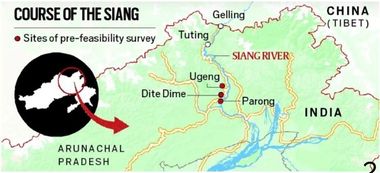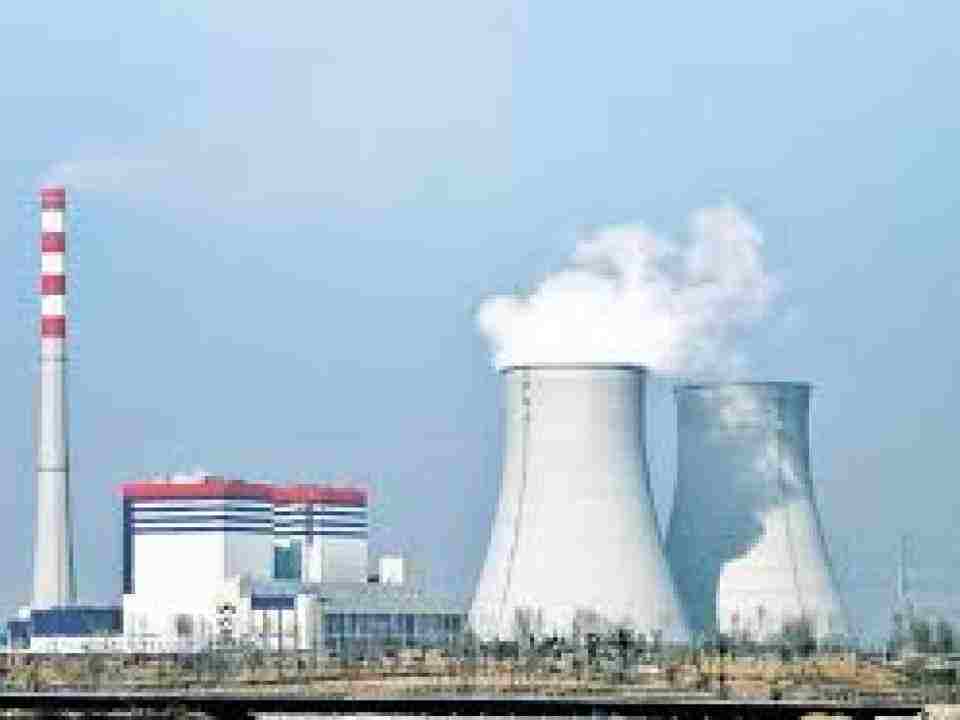- Courses
- GS Full Course 1 Year
- GS Full Course 2 Year
- GS Full Course 3 Year
- GS Full Course Till Selection
- MEP (Mains Enrichment Programme) Data, Facts
- Essay Target – 150+ Marks
- Online Program
- GS Recorded Course
- NCERT- First Ladder
- Polity
- Geography
- Economy
- Ancient, Medieval and Art & Culture AMAC
- Modern India, Post Independence & World History
- Environment
- Governance
- Science & Technology
- International Relations and Internal Security
- Disaster Management
- Ethics
- Current Affairs
- Indian Society and Social Issue
- CSAT
- 5 LAYERED ARJUNA Mentorship
- Public Administration Optional
- ABOUT US
- OUR TOPPERS
- TEST SERIES
- FREE STUDY MATERIAL
- VIDEOS
- CONTACT US
India's Siang Upper Multipurpose Project (SUMP) and Local Opposition Amid China’s Dam Plans
India's Siang Upper Multipurpose Project (SUMP) and Local Opposition Amid China’s Dam Plans
29-12-2024

- The Siang River, which starts in Tibet as the Yarlung Tsangpo and flows into Arunachal Pradesh, is at the center of a major debate.
- The Indian government has proposed the Siang Upper Multipurpose Project (SUMP), which would be the largest hydropower project in India.
- This project comes at a time when China is planning to build the world’s largest hydropower dam on the Yarlung Tsangpo, upstream in Tibet.
- However, the proposed Indian dam has met with strong resistance from local communities in Arunachal Pradesh, who are concerned about its impact on their lives and the environment.
Details of the Project
-
Siang Upper Multipurpose Project (SUMP):
- Size: The SUMP is planned to generate 11,000 MW, much larger than most hydropower projects in India.
- Location: The proposed dam would be built in Upper Siang and Siang districts of Arunachal Pradesh. The three possible dam sites are Parong, Dite Dime, and Ugeng.
- Impact: The project would create a 9 billion cubic meter reservoir, designed to generate power and address the potential impacts of China’s hydropower activities upstream.
-
China’s Mega Dam:
- Location: China plans to build the world’s largest hydropower project on the Yarlung Tsangpo in Tibet, with a capacity of 60,000 MW.
- Concerns: China's dam could divert water from the Brahmaputra River, severely affecting water availability in India and Bangladesh. There is also concern that a sudden release of water from the dam could lead to massive flooding downstream.
Local Opposition to SUMP
-
Fear of Losing Land and Livelihoods:
- Agriculture: The local Adi community in Arunachal Pradesh depends on farming along the Siang River.
- They grow crops like paddy, millets, and vegetables, and the riverbanks are essential for their livelihoods.
- Locals fear that the dam will flood their farmland, leaving them without a source of income.
- Cultural Significance: The Siang River is considered sacred by the Adi people, and they call it Aane Siang (Mother Siang).
- For over 60 years, it has been the center of their agricultural life, and they are deeply attached to it.
- Resistance: Villages like Parong and Riew have organized protests, demonstrations, and prayer rituals to prevent the dam from being built.
- Some locals compare their situation to the Chakma and Hajong refugees, who were displaced by the Kaptai Dam in Bangladesh.
-
Government’s Response:
- Security Measures: To address growing protests, the Arunachal Pradesh government has deployed Central Armed Police Forces (CAPF) to help carry out surveys for the project.
- This has caused fear and suspicion among locals, leading to more protests.
- National Importance: The Indian government argues that the SUMP is necessary to protect India from the impact of China’s dam.
- Chief Minister Pema Khandu warned that the Chinese dam could cause floods that would destroy towns like Pasighat and Guwahati.
- The state government insists that it wants to talk with locals, but many villagers feel that their concerns are being ignored.
- A few public meetings have been held, but many people feel the government is not genuinely listening to them.
-
Compensation Concerns:
- The government promises that people who lose their land and homes will receive compensation.
- There are also promises to build schools, hospitals, and other infrastructure.
- Skepticism: Locals are doubtful that the compensation will be enough, and they want written commitments from the government.
- Many feel that past promises have been broken.
- Village Leaders’ Views: Gaon Buras (local village leaders) have been asked to support the project, but some leaders say that while compensation is promised, it has not been clearly outlined.
-
Environmental and Social Impact:
- Submergence of Land and Villages: According to the Siang Indigenous Farmers’ Forum (SIFF), 13 villages could be fully submerged by the dam, while 27 others could lose their farmland.
- This would have a major effect on local farming and communities.
- Loss of Livelihoods: Most people in the area rely on farming for their income. If their land is flooded, they have few other options.
- The dam would destroy their way of life and livelihood.
Broader Issues:
-
China’s Strategic Plans:
- China’s dam on the Yarlung Tsangpo is part of its broader plan to control water resources in the region, which affects India, Bangladesh, and China itself.
- India sees this as a national security threat, fearing that the dam could reduce water flow to the Brahmaputra and cause unpredictable flooding.
-
Environmental Risks:
- In addition to the social costs, building a huge dam in a region with steep mountains and rich wildlife could have significant environmental risks.
- It could harm local ecosystems, displace wildlife, and affect the river’s natural flow.
-
Feasibility and Future Plans:
- Pre-Feasibility Report (PFR): The project is currently at the survey stage.
- The National Hydroelectric Power Corporation (NHPC) is conducting studies to assess whether the project is viable.
- If it goes forward, there will be more detailed assessments, including an environmental impact study.
- Government Reassurance: Officials assure the public that no final decision will be made until thorough consultations are held.
- They emphasize that there will be public hearings and environmental assessments before proceeding with the project.
-
National vs. Local Interests:
- The Indian government views the project as crucial for national security, but local communities see it as a direct threat to their land, culture, and way of life.
- This highlights the tension between national development and local rights and concerns.
Conclusion:
The Siang Upper Multipurpose Project has become a symbol of the larger conflict between development goals and community rights. While the Indian government argues that the project is essential for national security and energy generation, local communities fear it will destroy their livelihoods and way of life. As protests continue, the government faces the challenge of finding a balance that addresses both national interests and local concerns. The outcome will likely depend on how effectively the government can engage with the affected communities and provide fair compensation, while addressing the environmental impact of such a large-scale project.
|
Also Read |
|




